Do you have a question about the Cisco AIR-CAP3502I-A-K9 and is the answer not in the manual?
Provides crucial safety warnings and guidelines for operating Cisco Aironet Access Points.
Illustrates the top view of the access point, detailing its ports and connectors for antennas.
Details the bottom view of the access point, showing its ports like Kensington lock, power, and Ethernet.
Explains how the access point discovers and connects to a wireless LAN controller using CAPWAP.
Recommends site surveys and lists necessary information for installing the access point.
Outlines the key operations involved in installing an access point.
Describes the optional process of priming the access point before final deployment.
Provides a URL to access detailed mounting instructions for various Cisco Aironet access points.
Details how to interpret the access point's LED status during the deployment and join process.
Provides key guidelines for using 3500 series lightweight access points effectively.
Explains how DHCP Option 43 can be used to provide controller IP addresses to access points.
Shows the location of the access point Status LED and its indications.
Addresses common reasons why access points might fail to join a controller.
Provides the FCC declaration of conformity statement for the Cisco Aironet 3500 Series Access Point.
Details the VCCI (Japan) compliance statement for Class B digital products.
Provides guidelines for avoiding interference when operating access points in Japan.
Specifies requirements for using provided or designated power cables and AC adapters.
Confirms compliance with Canadian Interference-Causing Equipment Regulations.
Lists models and implies compliance for European countries.
States compliance with essential requirements of the R&TTE and Medical Directives.
Details RF exposure evaluations and minimum separation distances for compliance.
Details RF exposure evaluation for the US, including minimum separation distance.
Details RF exposure evaluation for Canada, including minimum separation distance.
Details RF exposure evaluation for the EU, including minimum separation distance.
Details RF exposure evaluation for Australia, including minimum separation distance.
Provides administrative rules for operating access points in Taiwan.
Contains special information for operating Cisco Aironet access points in Brazil.
Provides a step-by-step example of configuring DHCP Option 43 on a Windows DHCP server.
Lists key technical specifications for the 3500 series access points, including dimensions and operating temperatures.
Details safety standards, EMI/susceptibility, and radio specifications for the access points.
| Model | AIR-CAP3502I-A-K9 |
|---|---|
| Category | Wireless Access Point |
| Wi-Fi Standards | 802.11a/b/g/n |
| Frequency Band | 2.4 GHz, 5 GHz |
| Antenna Type | Internal |
| Form Factor | Ceiling Mountable |
| Data Transfer Rate | Up to 300 Mbps |
| Flash Memory | 32 MB |
| Mounting | Ceiling, Wall |
| Ethernet Ports | 1 x 10/100/1000 |
| Power Options | 802.3af PoE |
| Operating Temperature | 0°C to 40°C (32°F to 104°F) |
| Storage Temperature | -20°C to 70°C (-4°F to 158°F) |
| Humidity | 10% to 90% (non-condensing) |
| Security Features | WPA, WPA2, 802.1X, AES, TKIP |
| Weight | 1.5 lbs (0.68 kg) |


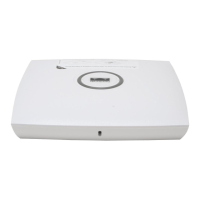

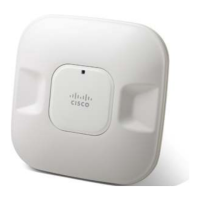

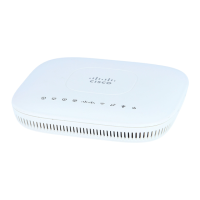
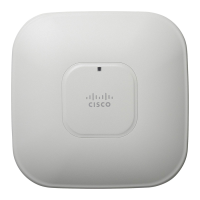

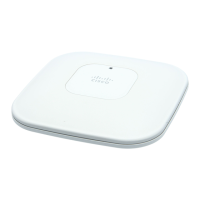

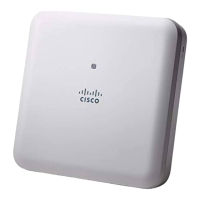
